Reinvigorating Non-Fiction – part 1 of a 2 year journey
Non-fiction has been a bit of a hot topic in school library discussions in recent months and for good reason. On one hand we are embracing genrefication and challenging the status quo of using problematic library layout systems and on the other hand school librarians are investigating the importance of non-fiction and its place in the school library.
Note: I wrote the below post back in June of 2022. I didn’t post it, as I was waiting to get a few photos to add to the post. Then, we received news that we’d have to pack up the secondary school library and put the majority of the collection and shelving into storage. Including the non-fiction collection. All plans were halted and I had to go about things very differently, or at least a lot more slowly. Here’s how I started the process.
I’ll share my position up front. I adore non-fiction and think it has a really important place in the school library, for all ages. The more non-fiction I place in front of students the more they devour it and get excited about it. They love it, I love it, let’s have more of it. Fortunately, I am not the only one who thinks non-fiction is important. There are many authors and librarians who are speaking and writing about just how important non-fiction is.
At the time of writing this first post (June 2022) I’ve been at my current school library for a year and half and I’m six months into running the library. I am also going to be moving the collections into a brand new space at the end of the year. Exciting times. The secondary school non-fiction collection is of middling size, compared to my previous schools. Not as expansive as some of my past collections but not as small as one of the libraries I worked in, which had a tiny non-fiction collection.
We have 4459 titles in my current school’s secondary non-fiction collection. It serves students from year 7 to year 12. The collection is old, and you can tell. It is tired, old looking, dusty, mouldy and very curriculum focused. Of the collection, only 11% has been published in the last twelve years, leaving 88% published before 2010 and 54% two decades old or older. There is even 9% of the collection that was published before 1980. We have lots and lots of history titles (and some that look like ancient historical artefacts themselves). What we don’t have much of is new, exciting, high-interest non-fiction. And the reality is, most students do not use the non-fiction collection for curriculum or research purposes. A little, maybe, but mostly we pull collections out for classes and they stay untouched on trolleys, even after sessions about how to use them. However, just in the last months we have doubled the loan statistics of our non-fiction collection. The loan stats are still terrible, but double is better than nothing and we are on the climb. New non-fiction titles are flying off the new book racks and students are sharing them around and making requests. Here’s how I think we’ve done it.
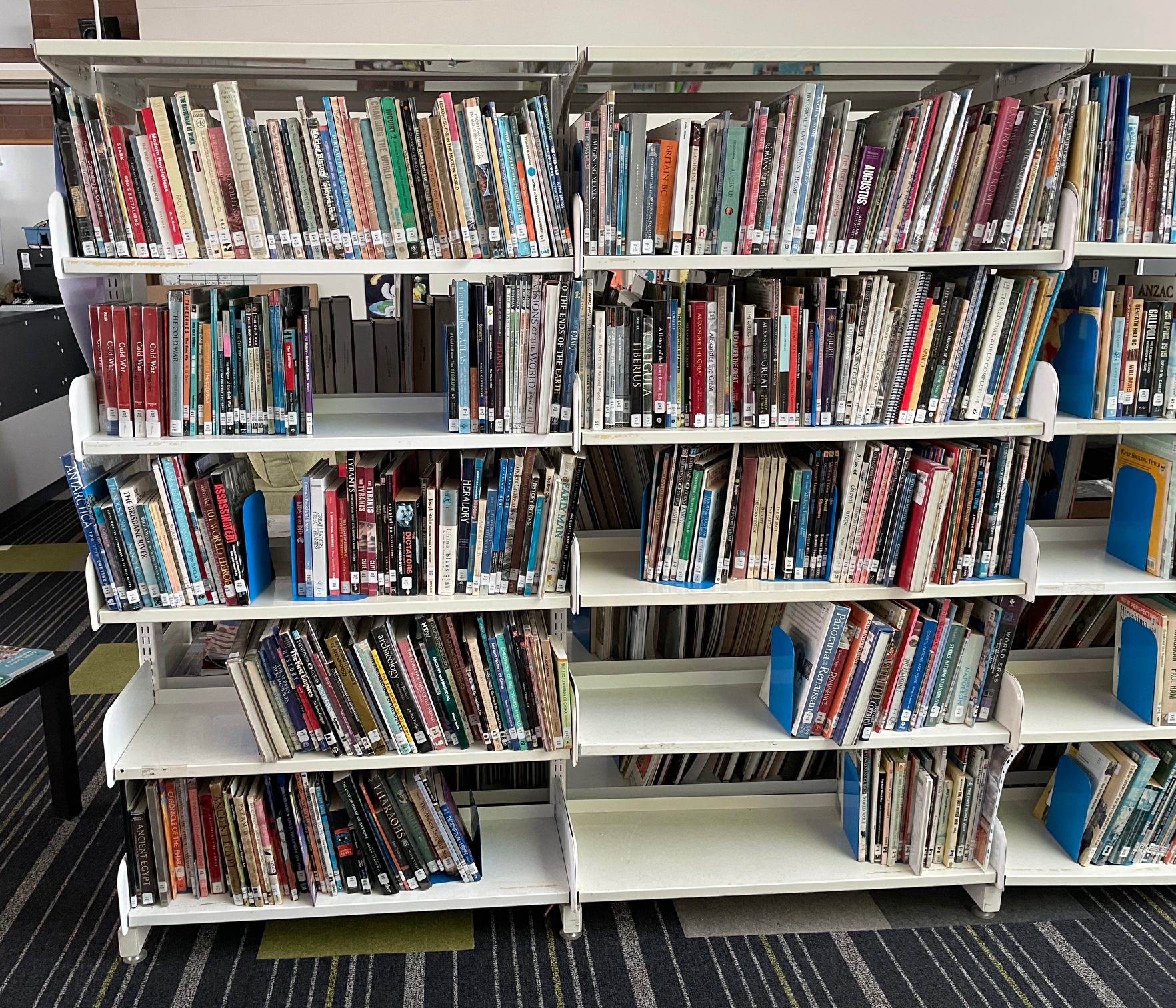
New titles
Purchasing new, beautiful, gorgeous, high-interest non-fiction. Purchasing student requests. Focusing purchases on areas of student interest or collection gaps. It makes sense. If I’m to increase use and love of the non-fiction collection, it makes sense to show it some love. Now, we have a small budget for purchases. Most of the budget is locked down for subscriptions, so I didn’t have a lot to work with for purchases, so I’ve only purchased a few non-fiction titles so far this year. Most of our non-fiction purchases have been secondhand titles (found in excellent condition by my AmazingLibraryTech) or heavily discounted clearance titles. But even these older or preloved books are much newer and in better condition than most of the collection. Top topics for purchases are Minecraft and gaming, cooking, wellbeing and self help, biographies, Lego, drawing, craft, knitting and crochet, motorsports, Dungeon and Dragons and animals. I am currently targeting our younger secondary school students, Year 7 and 8s, but the older grades are loving the wellbeing collection.
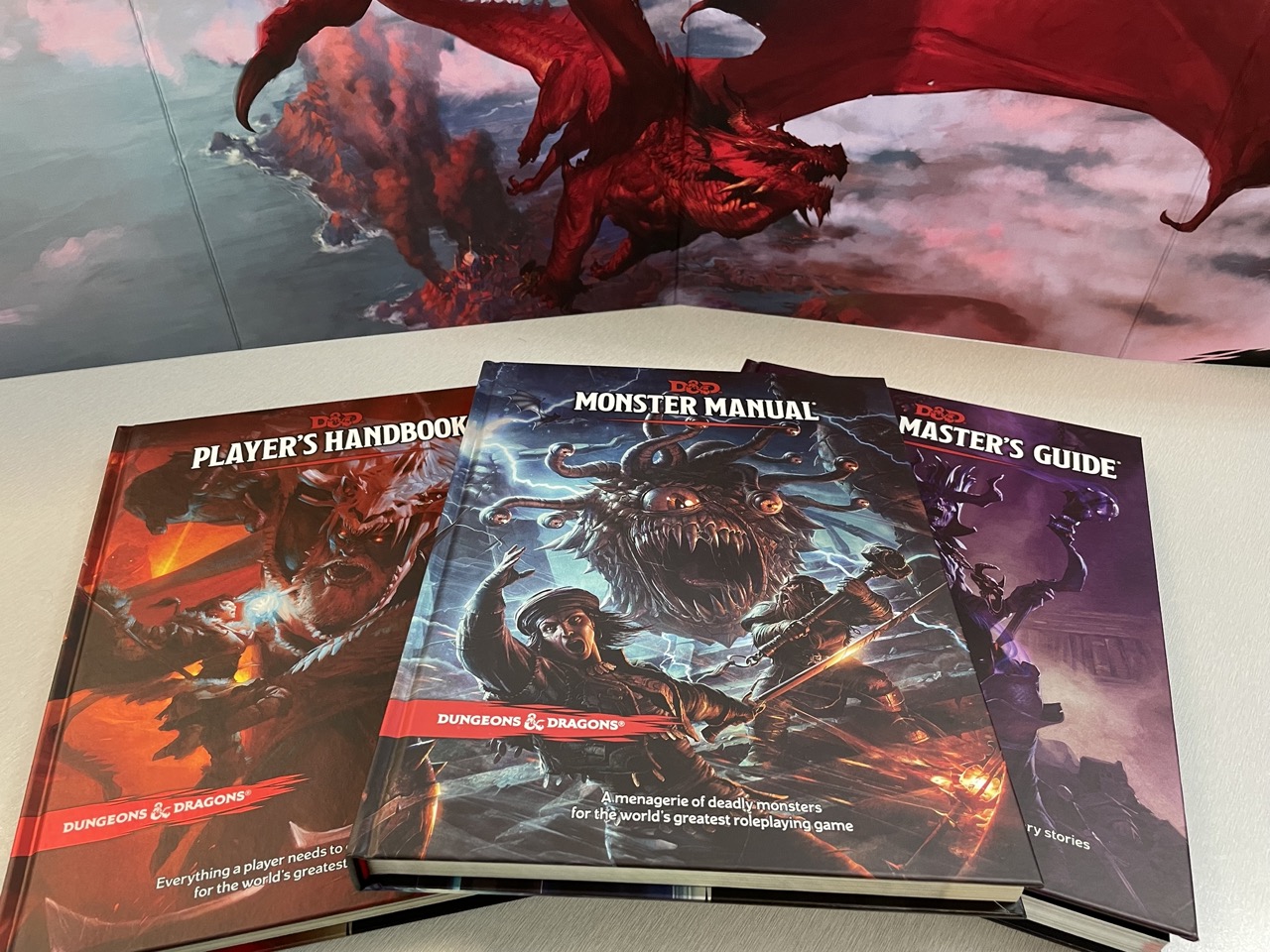
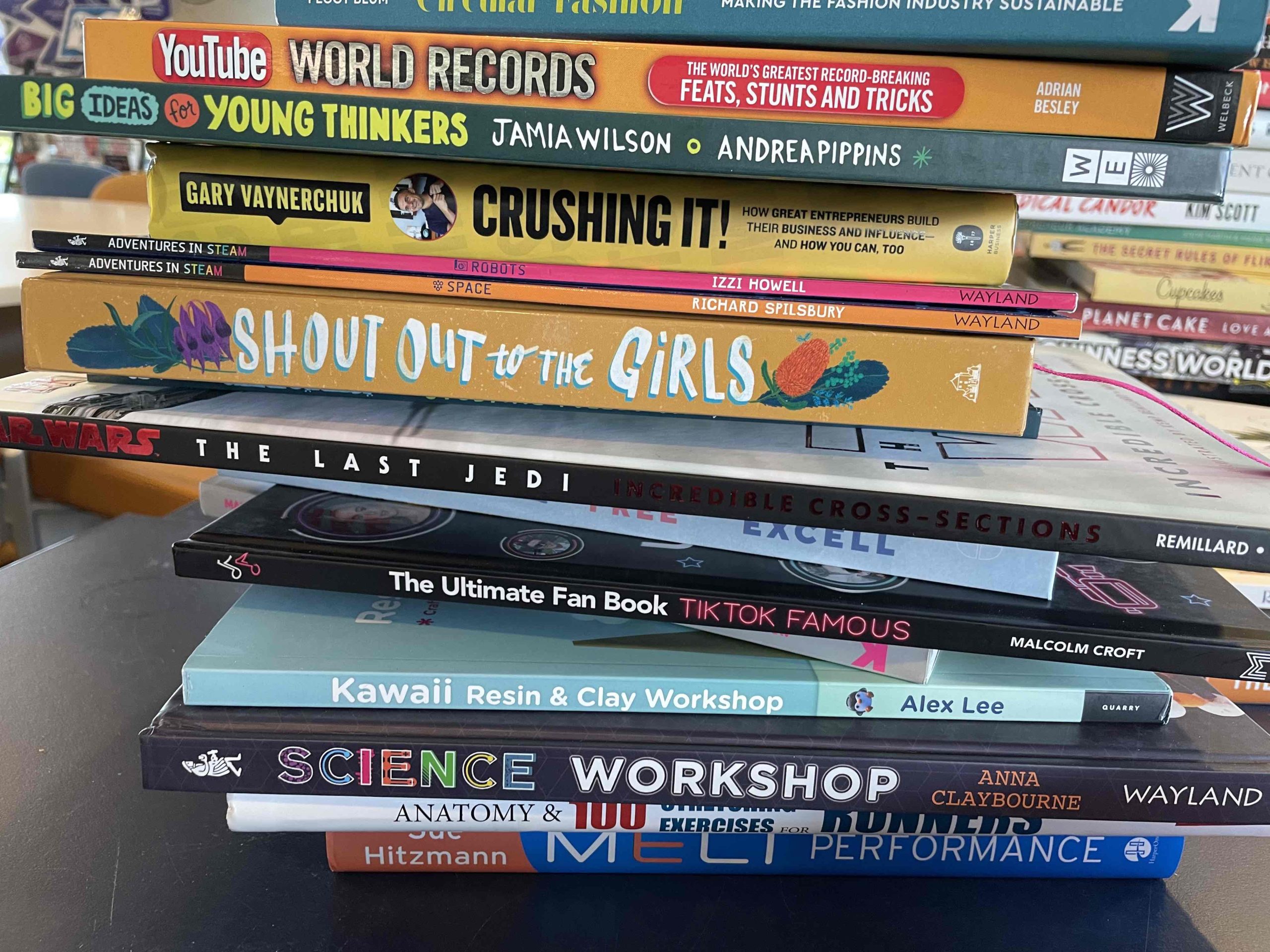
Genrefying
We have started to genrefy our non-fiction collection. Due to our temporary relocation later this year and then our final move into our new building, I’ve been working on other areas of collection development and maintenance in the past six months but genrefication of our non-fiction collection is next. We’ve already started by making our Wellbeing collection and reordering the layout of our biography section, which sits outside of the rest of the non-fiction. We’ve purchased new genre spine label stickers for our these two collections and we’ve highlighted these new collections. Next up is the rest of the non-fiction collection. I’ve started with a bit of an audit – what do we have, what gets used (not much!), what will we group and what will we call our collections. The new building layout also plays a part in these decisions – another reason I’ve delayed as I’ve been waiting for the architects to finalise furniture and shelving plans. From my spreadsheets and plans, we’ll start to cull, pull groups, scan them into new collections on the library management system and add new spine labels.
I’m not culling too much – yet
At the moment, I’m not weeding our non-fiction too much. Offensive and outdated works, yes. Very poor condition titles, also yes. But I have teaching staff who like to retain old works, so my plan (thought up by my ingenious #AmazingLibraryTech) is to simply keep these old titles in the decimal system layout and we’ll store them away from the newly genrefied collections out the back. We will have plenty of storage space out the back in our new build. Then, once they haven’t been used in a significant amount of time, I can dispose of them without fear of uprising (or at least I’ll have a solid argument against the uprising.) The other reason I’m going steady with the weeding, is the whole non-fiction collection has been out the back of the library for some time now (not my idea, I don’t like it and will be changing that as soon as we are in the new space) and the students are out of the habit of using and accessing non-fiction. Once it is out, accessible and visible again, I hope to continue to rebuild interest and use, maybe even with some of those curriculum resources. The only thing I’ll keep out the back are the titles I think should be weeded but the history teachers force me to keep.
So, that’s how things started. We then had the collection packed up and moved to offsite storage for what we thought would be three months and turned into 6 months. But didn’t mean we stopped, I just had to change my mines and go about things a little differently.
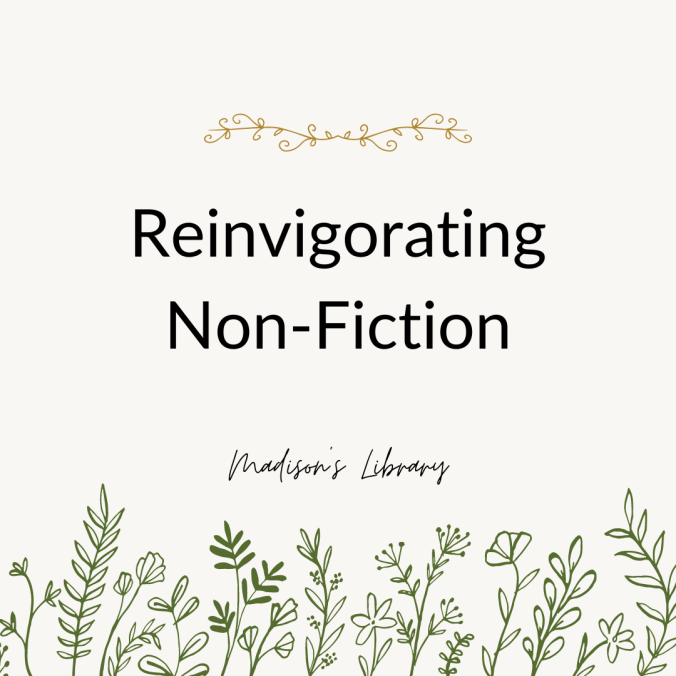
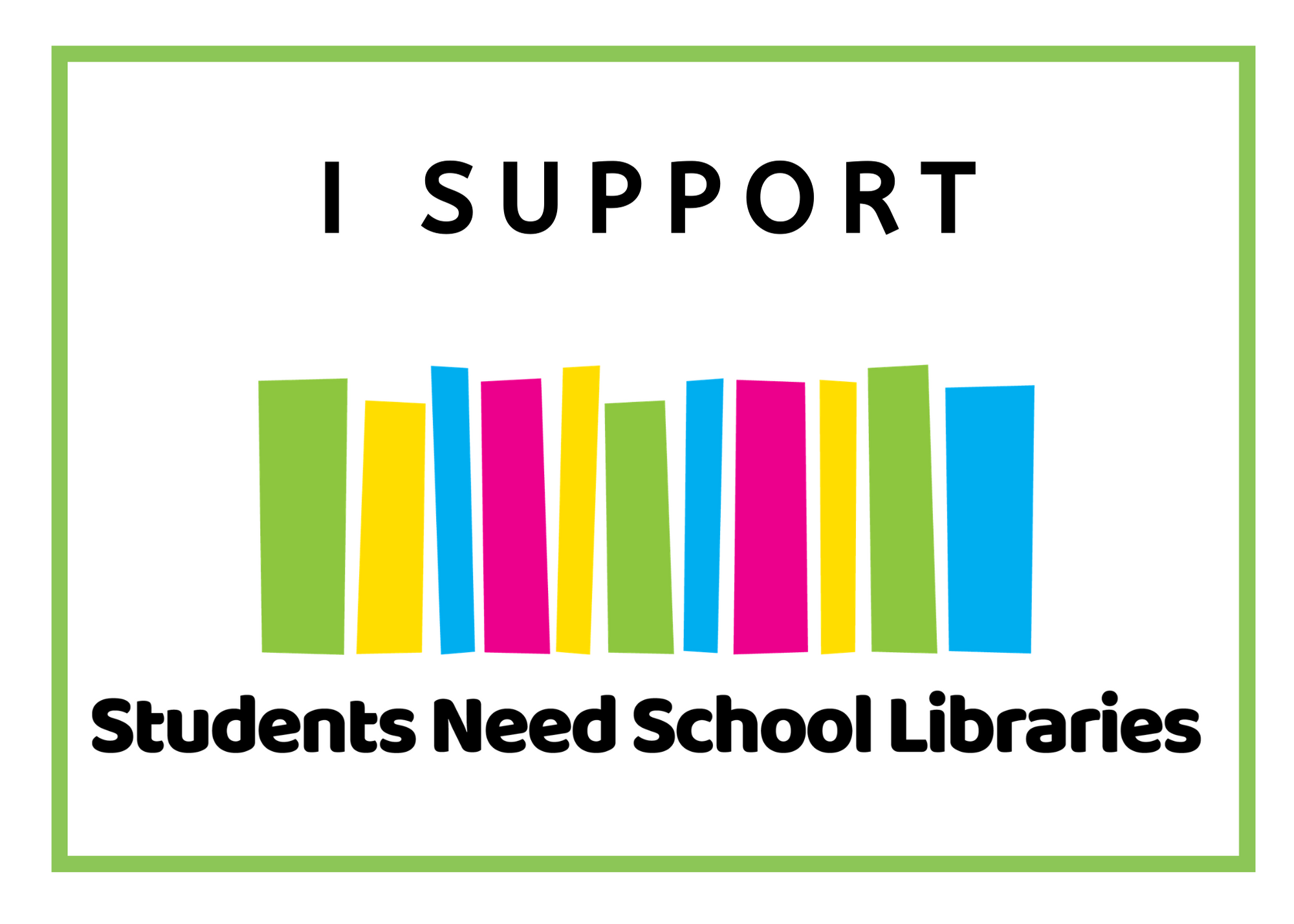

I always find your posts fascinating, and I can identify with a lot of your observations here! Onto Part 2 . . .
Thank you!
Thank you for this post. Working in a secondary school library I have found the non-fiction section to be very sluggish except when a class uses a trolley of resources for research. You have made some interesting points about how to refresh the collection as our aim is to do the same in our library also.
Thank you, Deanna. That sounds excellent. It’s amazing when a non-fiction collection can support both curriculum and reading for pleasure.